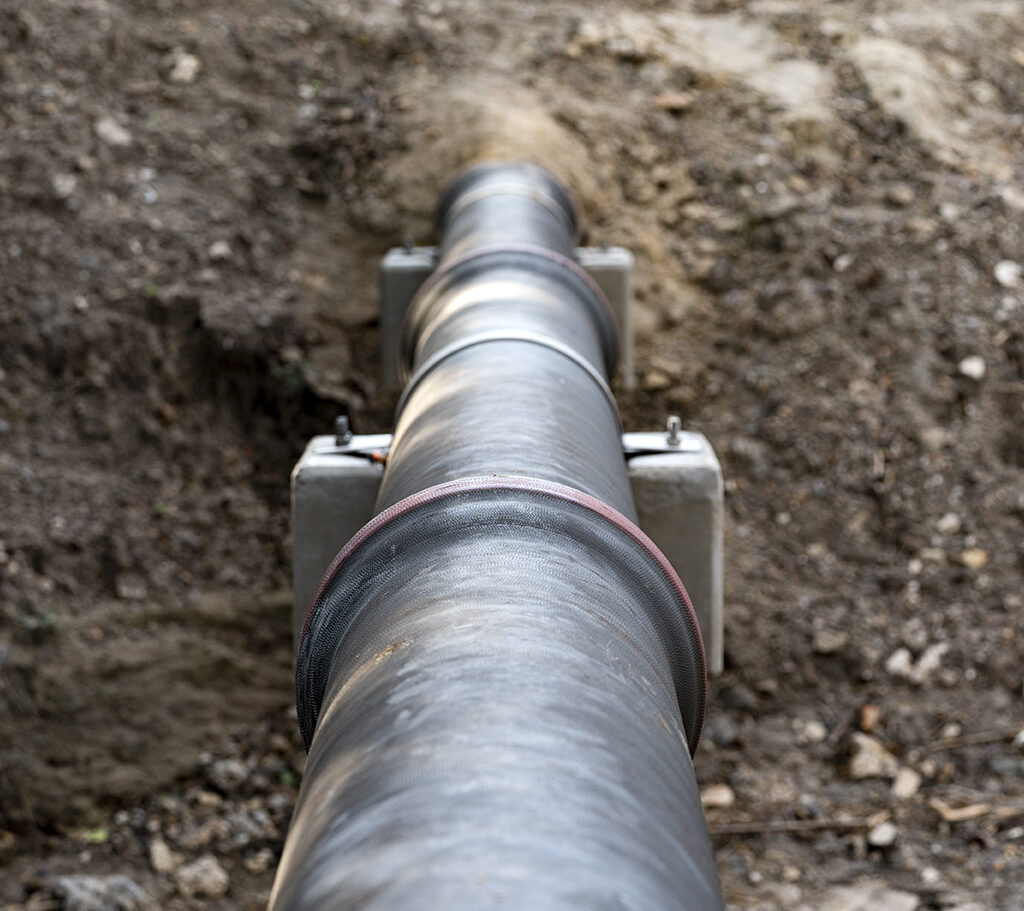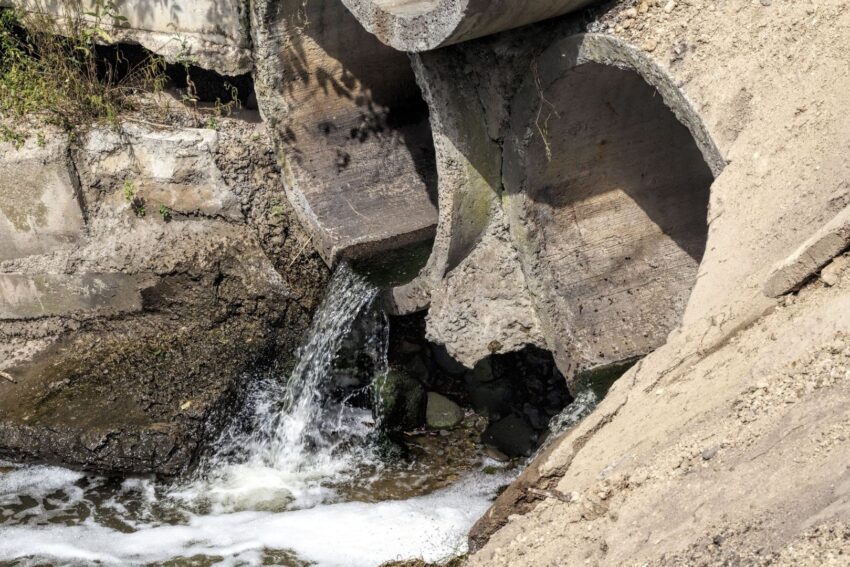Municipalities & Infrastructure Water
We have a variety of materials and programs related to the design of community and municipal infrastructure for the purpose of helping conserve and protect water resources and avoiding damage from excessive water.
Related Departments: Soil and Crop Sciences, Biological and Agricultural Engineering, Recreation, Park and Tourism Sciences

Related Topics
Onsite Wastewater Treatment and Reuse
BAEN has three major programs focused towards OSSF education and training: classroom education, field training and demonstration, and online (website) education and information dissemination.

Learn About
Municipalities & Infrastructure Water
Programs
All Resources on Municipalities & Infrastructure Water
- PublicationUsing Animal Manure and Wastewater for Crops and Pastures: Know and Take Credit for your N, P, and K
Animal manure and wastewater are often applied to crops and pastures. Farmers and producers who use this effluent should calculate the amount of nitrogen, phosphorus, and potassium it contains so that they do not overapply these nutrients when also using commercial fertilizer. This publication explains how to make those calculations. (4 pages)
- Publication
If your home or business uses a septic system, you need to know how to use and maintain it properly to prevent sewage from backing up into your house and contaminating groundwater, including your water well. This publication explains how to extend the life of your system, protect your well water and cut maintenance costs. […]
- Publication
Household wastewater treatment systems (septic systems) can contaminate groundwater unless they are properly designed, constructed, and maintained. This publication describes various kinds of systems and guides the homeowner in assessing their safety. (12 pages)
- Publication
Non-traditional soil additives include soil conditioners such as organic materials and minerals, soil activators that claim to stimulate soil microbes or inoculate soil with new beneficial organisms, and wetting agents that may be marketed to improve crop yields. As this publication advises, growers should evaluate such products carefully and conduct field trials to determine their […]
- Publication
Soil testing is the foundation of a sound fertility management program, and manure and effluent testing can provide additional information for its effective use. This publication will help you to manage crop nutrients through soil, manure, and effluent testing. (6 pages)
- Publication
Soil tests can be used to estimate the kinds and amounts of soil nutrients available to plants. They also can be used as aids in determining fertilizer needs. Properly conducted soil sampling and testing can be cost-effective indicators of the types and amounts of fertilizer and lime needed to improve crop yield. (3 pages)
- Publication
Following an 18-step procedure for performing an irrigation audit will help athletic field managers conserve water while maintaining a pleasing facility for recreational use. To perform the audit correctly, a field manager must determine the answers to several questions posed in the publication. (12 pages)
- Publication
Knowing how herbicides work and how to use them safely is important for both agricultural producers and home gardeners. This publication describes the symptoms of each category of herbicides (growth regulators, photosynthesis inhibitors, etc.), and lists products by common and trade names. (12 pages)
- Publication
When land is flooded by salt water, after a hurricane tidal surge, it can long-term effects on soil productivity and fertility. This publication explains how to reclaim flooded pasture land. Having the soil tested for salinity is an important step. (3 pages)
- Publication
Freshwater flooding from rivers, overflowing sewage and septic systems and other sources can have a significant effect on soil fertility and the physical and chemical properties of soil, in addition to the harm it may cause to the environment in general. This factsheet discusses agronomic and environmental concerns from freshwater flooding, as well as soil […]
